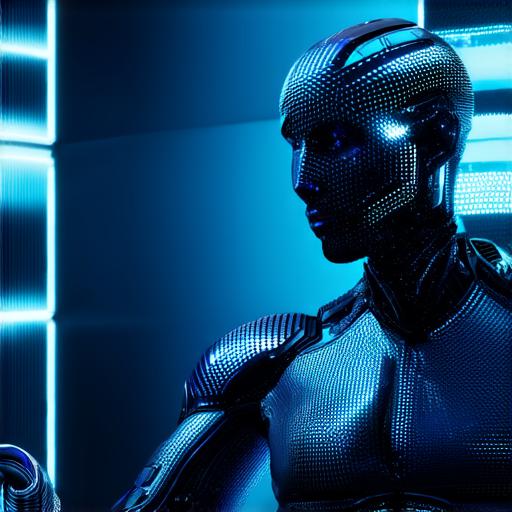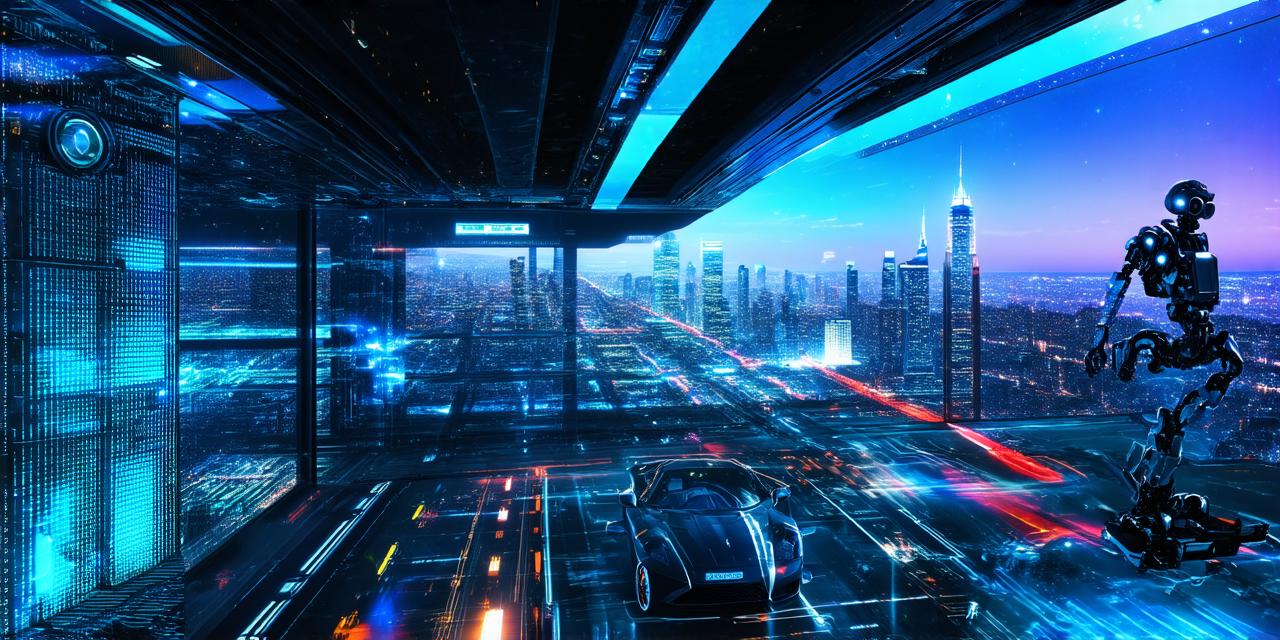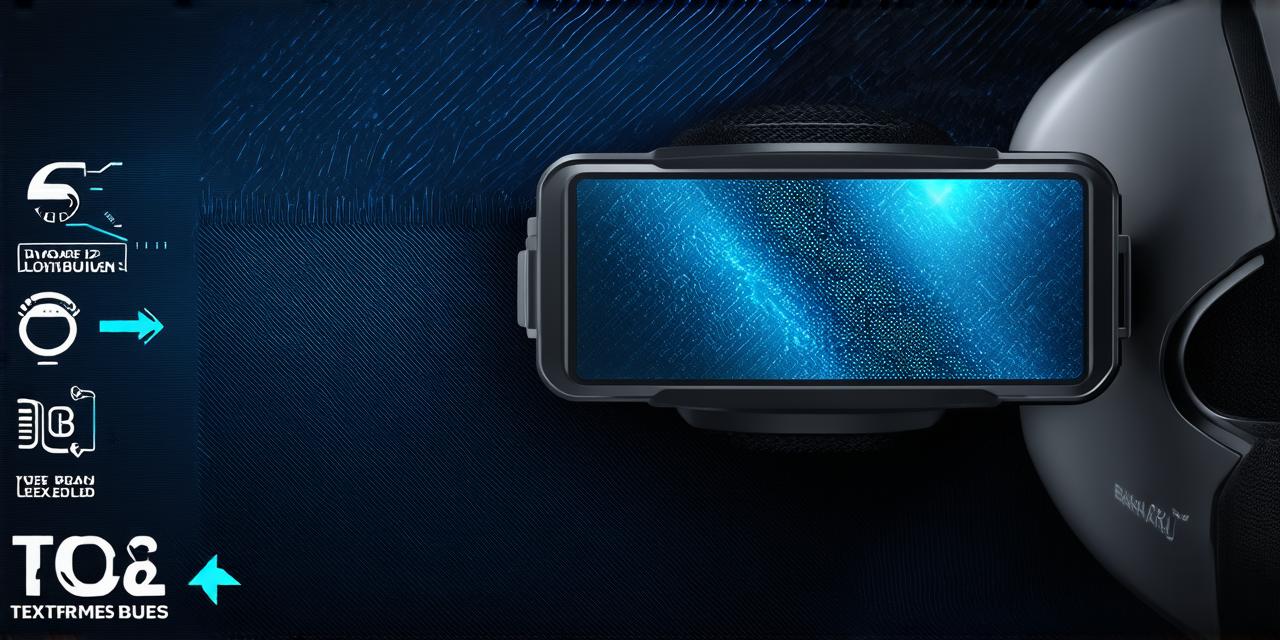Virtual reality (VR) technology has come a long way since its inception. It is now possible to create highly immersive experiences that can be almost indistinguishable from reality.
Hardware Components
Virtual reality hardware consists of several components that work together to create an immersive experience for the user. The most important component is the head-mounted display (HMD), which sits on the user’s head and displays a 3D image that appears to be in front of them.

Other components include sensors, controllers, and tracking systems that allow the HMD to accurately track the user’s movements.
Software Components
Virtual reality software is responsible for creating the environment that the user will experience. This includes everything from the 3D models used in the environment to the sound effects and music that accompany them.
Virtual reality software can be developed using a variety of programming languages, including Unity, Unreal Engine, and Java.
Immersive Environments
Virtual reality technology has made it possible to create immersive environments that are highly realistic. These environments can include anything from a virtual office space to a virtual vacation home.
Users can interact with the environment by using handheld controllers or other input devices, allowing them to explore and interact with the world in a way that is almost indistinguishable from reality.
Games and Experiences
Virtual reality technology has also revolutionized the gaming industry. Games are now being developed specifically for virtual reality, allowing users to fully immerse themselves in the game environment.
Virtual reality experiences can range from simple simulations to highly interactive and immersive games that require the user to physically interact with the environment.
Future of Virtual Reality
Virtual reality technology is constantly evolving, and new advancements are being made every day. As hardware becomes more powerful and software becomes more sophisticated, virtual reality experiences are becoming increasingly realistic and immersive. The future of virtual reality looks bright, with applications ranging from education to healthcare to entertainment.
In conclusion, virtual reality technology has come a long way since its inception. With the right hardware and software, it is now possible to create highly immersive environments that can be almost indistinguishable from reality. Whether you are a gamer or simply looking for a new way to experience a vacation home, virtual reality technology is definitely worth checking out.



